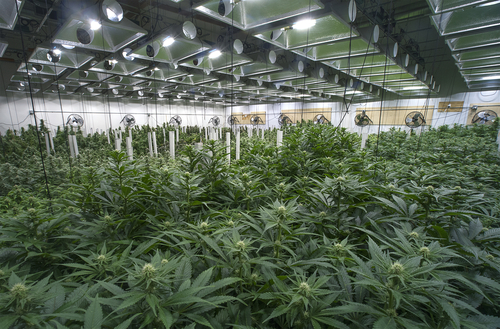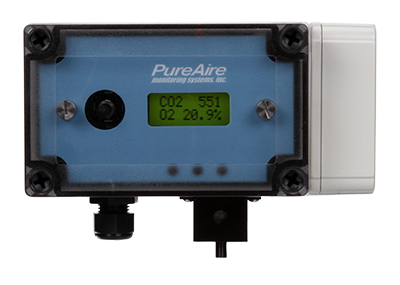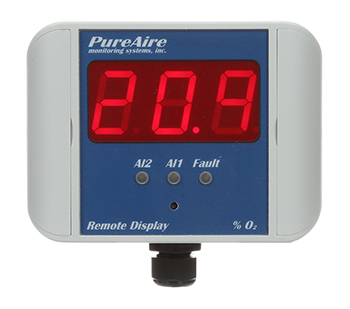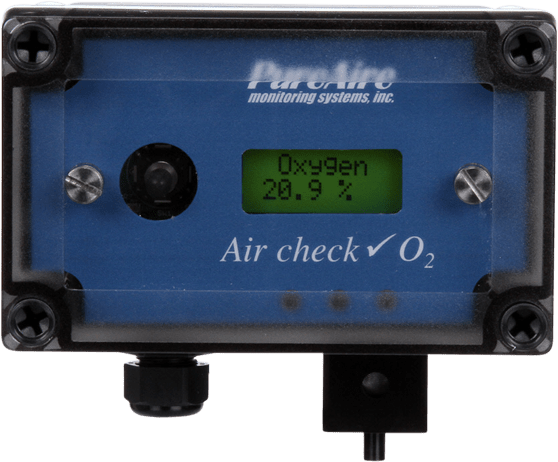Roots to Recreation: Cannabis Legalization Promotes Grow Room Expansion

Criminalization of cannabis cultivation and consumption in the United States began with prohibition by certain states in the early 20th century (between 1911 and 1933, some 29 states banned the cultivation and/or use of cannabis), with the first significant nationwide federal restrictions implemented under the Marihuana Tax Act of 1937.
More recently, just as the states instituted the first cannabis restrictions, so have they taken the lead in relaxing and removing them, first through decriminalization (beginning in the 1970s) and thereafter through legalization of medical cannabis use (beginning in the 1990s) and finally, through legalization of recreational use of cannabis (beginning with Colorado and Washington in 2012). As of September 2019, medical cannabis was legal in 33 states, while recreational usage was legal in 10 states (with Illinois to follow as of January 1, 2020) and decriminalization in many others. Twenty-six states now permit cannabis cultivation in some form or fashion.
Cannabis legalization has created a significant demand for legally obtainable product, and the cultivation and sale of medical and recreational cannabis has, in a relatively short period of time, become a multi-billion dollar industry in the United States.
Use of Carbon Dioxide to Meet the Growing Cannabis Demand
To help meet the growing demand, cannabis farmers (or “growers”) are raising carbon dioxide (“CO2”) levels to enrich grow rooms, which can shorten the growing season and, therefore, stimulate cannabis production. An increase in carbon dioxide levels stimulates the photosynthesis process, resulting in stronger and faster-growing plants, but the levels must be monitored closely, as too much CO2 can damage plants, as well as present health risks to grow room employees.
Growers typically utilize one of two primary methods to enrich grow rooms with carbon dioxide. The first involves the use of generators to produce CO2 by burning propane or natural gas. This method produces a great deal of heat, which can make if difficult for growers to maintain optimal growing temperatures. Alternatively, compressed carbon dioxide tanks (similar to the ones used in the brewing and carbonated beverage industries) provide the grower with on-demand CO2, and better control over the amount of the gas released, without adding excess heat to the grow room.
Carbon dioxide continues to play an important role in the medical cannabis industry even after the plants have been harvested, because CO2 is an integral part of the process of extracting cannabidiol (or “CBD”, the non-psychoactive chemical compound used to treat conditions such as inflammation, anxiety, epilepsy, and pain, as well as the side effects of certain cancer treatments). Additionally, carbon dioxide is typically used in the packaging process, to help flush oxygen and keep the packaged product fresh.
Carbon Dioxide Monitoring is of Critical Importance in Cannabis Industry
To ensure healthy and high yielding cannabis crops, growers must maintain proper CO2 levels, as too much carbon dioxide can lead to lower yields and may even permanently damage the plants. The actual desired CO2 levels may vary depending on the specific cannabis plant varieties being grown, but studies have shown that CO2 levels up to 10,000ppm can significantly increase growth. 
However, humans may become disoriented and/or experience respiratory distress when CO2 levels approach 3,000ppm, and death by asphyxiation is possible at CO2 levels as low as 5,000ppm. Therefore, employee safety concerns demand that cannabis growers and packagers have appropriate monitoring in place.
Proper gas detection equipment should be placed (and secured 12 inches from the floor) in areas, such as grow rooms, where the cannabis growing process takes place, as well as in CO2 storage closets or rooms, and in any other site where CO2 may be expected to accumulate. The gas detection equipment should be capable of activating visual and audible alarms, stopping the flow of carbon dioxide, and turning on the ventilation system.
PureAire Monitoring Systems’ Dual Oxygen/Carbon Dioxide Monitors offer thorough air monitoring, with no time-consuming maintenance or calibration required. The O2/CO2 Monitor comes with user-adjustable alarm setpoints for each gas. Cannabis growers can set the carbon dioxide alarm to maintain desired CO2 levels inside the grow room, while both the oxygen and carbon dioxide alarms can be programmed to go off when the levels reach an OSHA action level.
In the event of a leak and carbon dioxide is elevated to levels unsafe for humans, PureAire’s Dual O2/CO2 Monitor will set off an alarm that includes flashing lights and horns, alerting personnel to vacate the affected area. At the same time, the Monitor will turn off the flow of CO2, and turn on the ventilation system.
An easy to read screen displays current oxygen and carbon dioxide levels for at-a-glance reading by employees, who derive peace of mind from the Monitor’s presence and reliable performance.To reduce risk to personnel working in cannabis growing facilities utilizing very high levels of CO2, PureAire’s optional Remote Digital Display may be placed outside of grow rooms (up to 250 feet from the monitor itself), where it willsafely exhibit oxygen levels inside the room.
Recent Posts
Надежда Гришаева И Anvil История Успеха И Расширения Возможностей
Nadezhda Grishaeva Exudes Happiness And Vitality While Leading A Vibrant Gathering To Commemorate Anvil’S Impressive Three Years Of Achievements In The Business Sector
Talk Dirty AI: Everything for Spicy AI Sex Chats
Talk Dirty AI: Start Chatting For Free On GirlfriendGPT
Why Are My Lymph Nodes Swollen?
Slottica Review 2024 Bonus, Free Spins & Games



